Acting as mini organs in a dish, organoids fuel diverse research areas, from cancer to evolutionary biology.
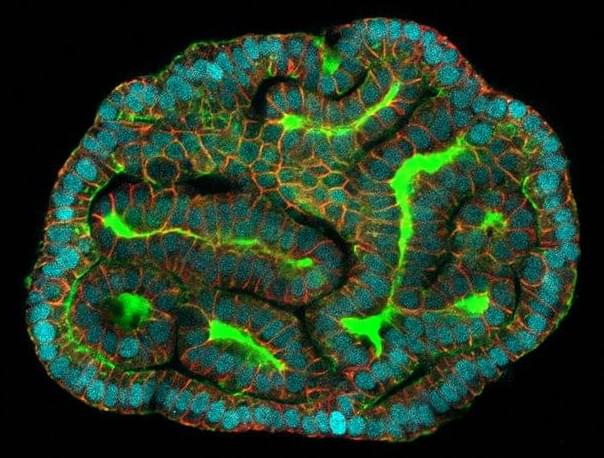

Discover new technologies shaping 2025! NVIDIA’s Jetson Thor system is set to revolutionize humanoid robotics, while Meta’s Ray-Ban Stories smart glasses lead the wearable tech trend with over 1 million units sold. AI continues to transform industries with tools like ChatGPT. Don’t miss Unitree’s B2-W robot showcasing incredible stunts, speed, and heavy payload capabilities—available for purchase now!
📲 Follow us on social media @toborlife for updates, innovations, and exciting announcements!
💬 Have questions? Contact us at:
📧 [email protected].
📞 (408) 409‑4061
#RobotDogs #Humanoids #AIInnovation #FutureIsHere #TOBoRLife #robotdog #securitydog.
Don’t forget to like, comment, and subscribe for more amazing content from TOBoRLife! 🤖✨
World-leading humanoid robotics and artificial intelligence (AI) company Realbotix has announced it will unveil its latest robot, “Melody,” at this year’s Consumer Electronics Show (CES 2025).
Melody is, by all accounts, an open-source design that features functionality, adaptability, and user experience above beyond its previous offerings.
Realbotix, in case you are unaware, develops “customizable, full-bodied, human-like robots with AI integration that improve the human experience through connection, learning, and play.”
Join us on Patreon! https://www.patreon.com/MichaelLustgartenPhD
Discount Links/Affiliates:
Blood testing (where I get the majority of my labs): https://www.ultalabtests.com/partners/michaellustgarten.
At-Home Metabolomics: https://www.iollo.com?ref=michael-lustgarten.
Use Code: CONQUERAGING At Checkout.
Clearly Filtered Water Filter: https://get.aspr.app/SHoPY
Epigenetic, Telomere Testing: https://trudiagnostic.com/?irclickid=U-s3Ii2r7xyIU-LSYLyQdQ6…M0&irgwc=1
Use Code: CONQUERAGING
NAD+ Quantification: https://www.jinfiniti.com/intracellular-nad-test/
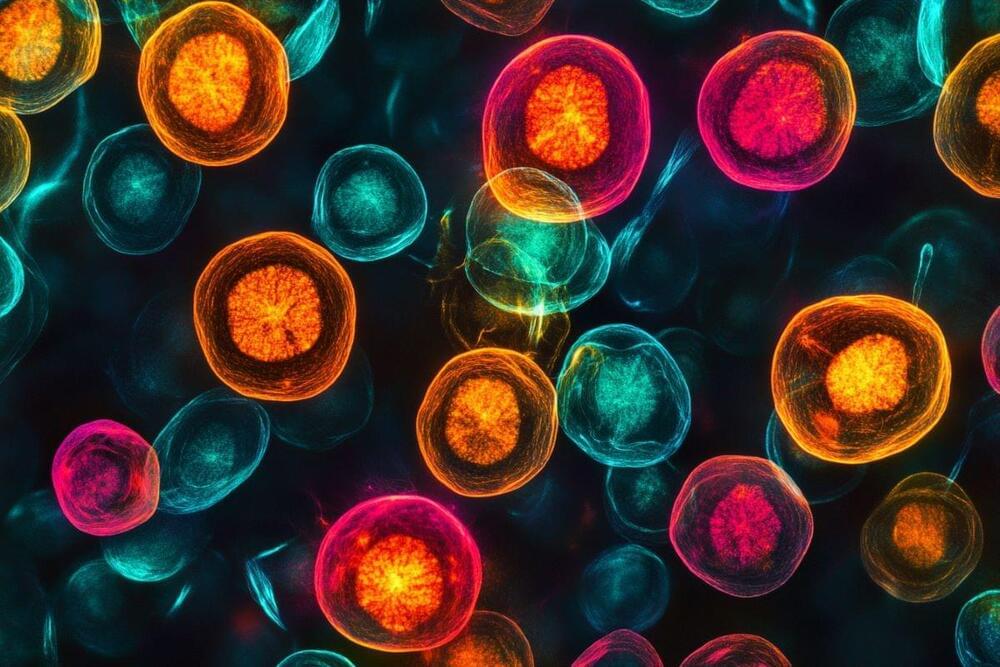
Summary: Researchers have developed an AI model that accurately predicts gene activity in any human cell, providing insights into cellular functions and disease mechanisms.
Trained on data from over 1.3 million cells, the model can predict gene expression in unseen cell types with high accuracy. It has already uncovered mechanisms driving a pediatric leukemia and may help explore the genome’s “dark matter,” where most cancer mutations occur.
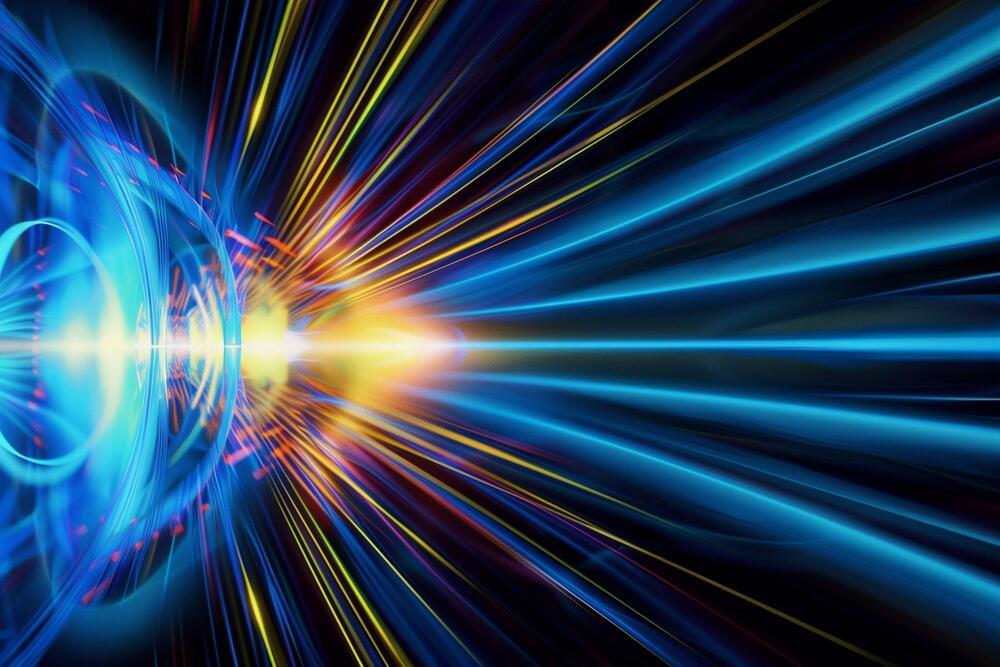
Scientists at Brown University have discovered a new class of quantum particles known as fractional excitons, which exhibit both fermion and boson characteristics.
This groundbreaking finding could pave the way for new phases of matter and enhance quantum computing by providing unique ways to manipulate quantum states.
Novel Quantum Particles Discovered
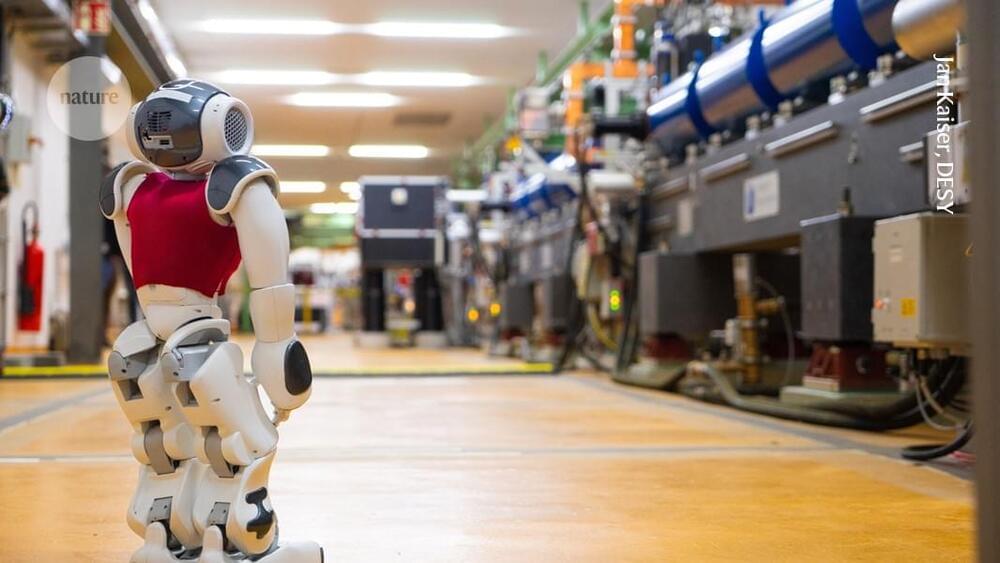
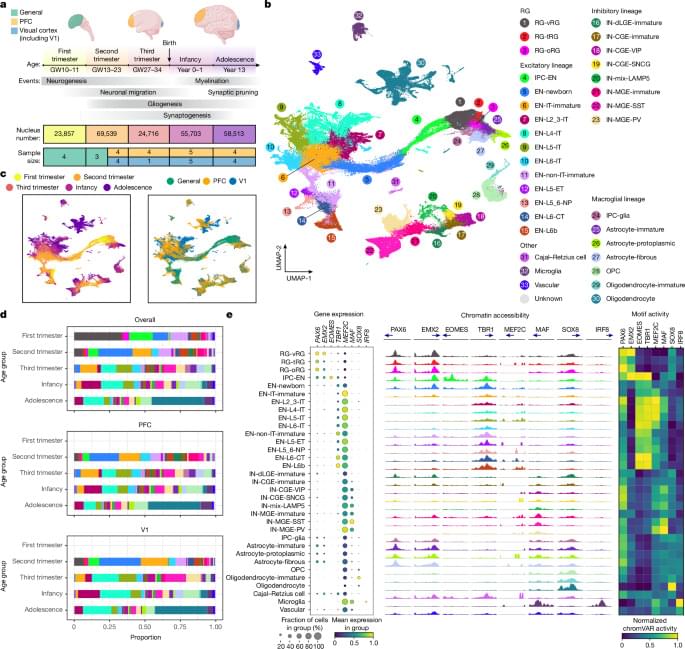
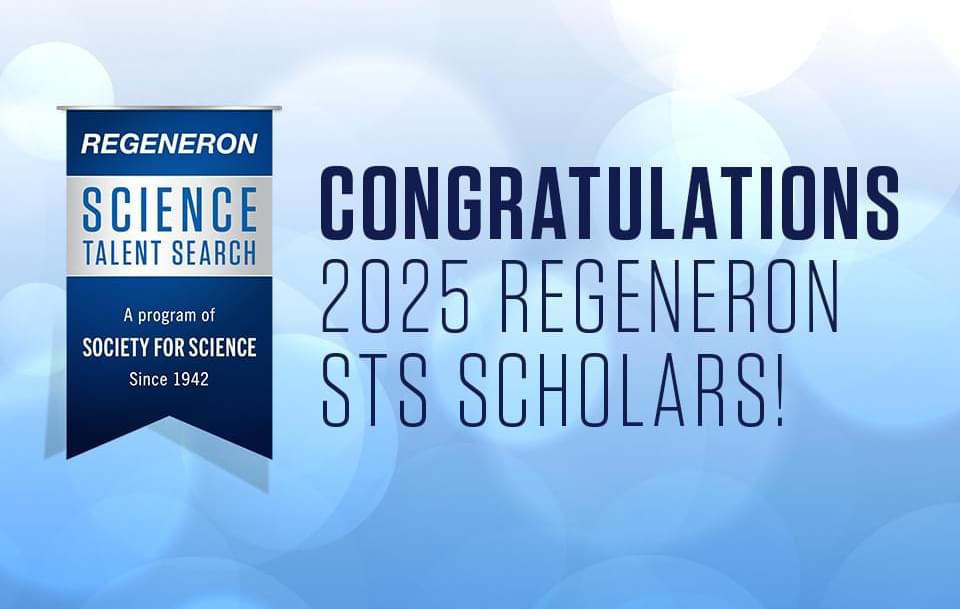
proudly announces the top 300 scholars in the Regeneron Science Talent Search 2025, the nation’s oldest and most prestigious science and math competition for high school seniors. The Regeneron Science Talent Search provides students a national stage to present original research and celebrates the hard work and novel discoveries of young scientists who are bringing a fresh perspective to significant global challenges. The 300 scholars and their schools will be awarded $2,000 each.
Scholars were chosen based on their outstanding research, leadership skills, community involvement, commitment to academics, creativity in asking scientific questions and exceptional promise as STEM leaders demonstrated through the submission of their original, independent research projects, essays and recommendations. The 300 scholars hail from 200 American and international high schools and homeschools in 33 states, Washington D.C., Hong Kong, Malaysia, and Switzerland.
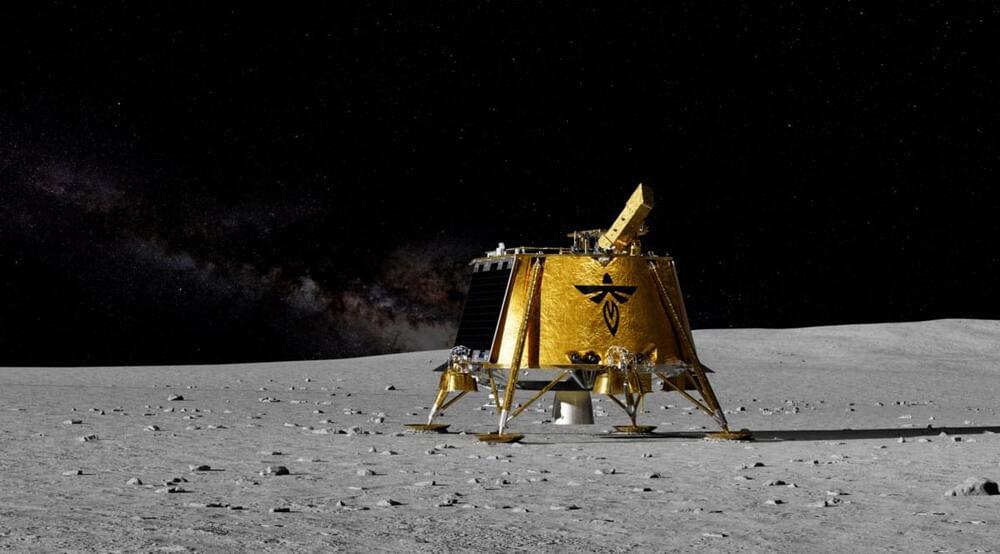
Near the Moon’s eastern limb lies Mare Crisium — the Sea of Crises — a low basalt plain embayed by rugged mountains. Carved by a colossal impact some 3.9 billion years ago, the 460-mile-wide (740 kilometers) mare appears largely flat and featureless. But lingering whispers of a volcanic past are everywhere, from its ubiquitous darkness to craters flooded and semi-obliterated by ancient basalt lavas — and a curious, solitary landmark near its center: the four-mile wide (6.4 km) Mons Latreille.
Soon, a robotic craft called Blue Ghost will land here, carrying 10 science instruments and technology tests as part of NASA’s Commercial Lunar Payload Services (CLPS) program. Also known as Blue Ghost Mission 1 and nicknamed Ghost Riders in the Sky, the lander is targeting a six-day launch window in mid-January. NASA announced Jan. 7 that the first scheduled launch opportunity is 1:11 a.m. EST on Wednesday, Jan. 15.